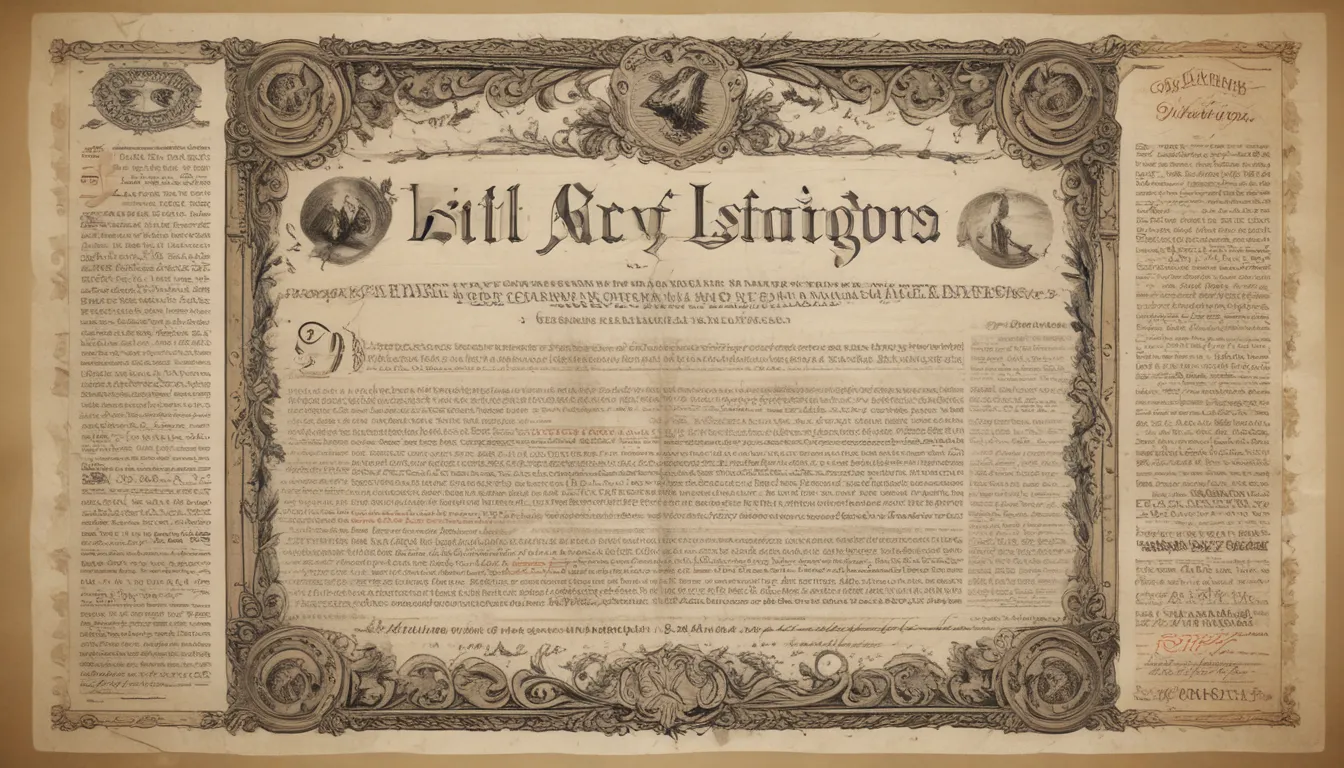The images in our articles may not match the content exactly. They are used to grab your attention, not to show the exact details in the text. The images complement the text but do not replace it.
Welcome to a journey through the intricate details of the US Bill of Rights. Created in 1789, this document stands as a testament to the principles of freedom and civil rights for all individuals. Join us as we delve into the various facets of the Bill of Rights, uncovering its origins, its impact on history, and its ongoing relevance in modern times. Whether you’re a history buff, a legal scholar, or simply curious about your rights as a citizen, this comprehensive guide has something for everyone.
Unraveling the US Bill of Rights
Inception and Evolution
The US Bill of Rights was officially created on September 25, 1789, and ratified on December 15, 1791. It comprises the first ten amendments to the US Constitution, outlining the fundamental rights of American citizens. Over the years, the Bill of Rights has undergone significant revisions and interpretations, shaping the course of American history. It serves as a cornerstone of democracy, limiting the government’s authority and safeguarding the rights of individuals.
Key Authors and Influences
The founding fathers, particularly James Madison and the 1st United States Congress, played a pivotal role in drafting the Bill of Rights. James Madison, also known as the “Father of the Constitution,” drew inspiration from various sources, including the English Bill of Rights and the Enlightenment period. Despite his initial reservations, Madison championed the inclusion of a Bill of Rights to protect the rights of the people.
Unveiling the Rights of Citizens
Core Principles and Amendments
The US Bill of Rights embodies essential rights such as freedom of speech, religion, press, assembly, and petition. It also guarantees protection against unreasonable searches and seizures, due process, and the right to a fair trial. With a total of twenty-seven ratified amendments, the Bill of Rights continues to shape the legal landscape and uphold the principles of democracy.
Significance and Impact
Throughout history, the Bill of Rights has played a pivotal role in advancing civil liberties and equality. Women gained the right to vote in 1920 through the 19th Amendment, marking a significant milestone in the fight for gender equality. Additionally, the abolition of slavery during the Reconstruction era through the 14th Amendment underscored the commitment to ensuring equal rights for all individuals.
Tracing the Legacy of the Bill of Rights
Commemoration and Recognition
In 1941, President Franklin D. Roosevelt designated December 15th as Bill of Rights Day to honor the 150th anniversary of its ratification. President George W. Bush reaffirmed the importance of the Bill of Rights in a 2003 speech, emphasizing the government’s role in protecting the rights of all citizens. Despite initial limitations, the Bill of Rights continues to evolve and expand its protections to encompass a more diverse and inclusive society.
Continuing Relevance and Challenges
While the Bill of Rights symbolizes the principles of democracy and freedom, it has faced scrutiny and criticism over its applicability to all Americans. Initially designed to protect the rights of white male property owners, the Bill of Rights has gradually evolved to encompass a broader spectrum of society. As we navigate the complexities of modern society, the legacy of the Bill of Rights remains a beacon of hope for upholding civil liberties and promoting equality for all.
Conclusion
In conclusion, the US Bill of Rights stands as a testament to the enduring spirit of democracy and freedom. With its rich history, diverse influences, and ongoing significance, the Bill of Rights continues to shape the fabric of American society. As we reflect on its legacy and contributions, let us remember the importance of upholding the rights and liberties of all individuals. Explore the US Bill of Rights, delve into its intricacies, and uncover a wealth of knowledge that embodies the essence of democracy and civil rights.






